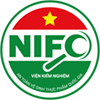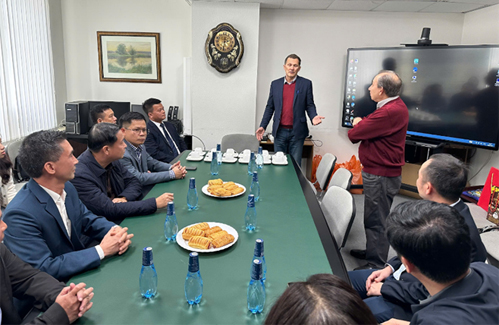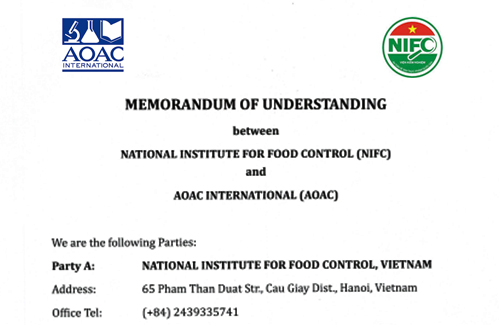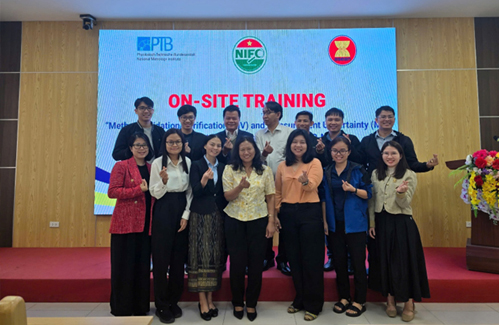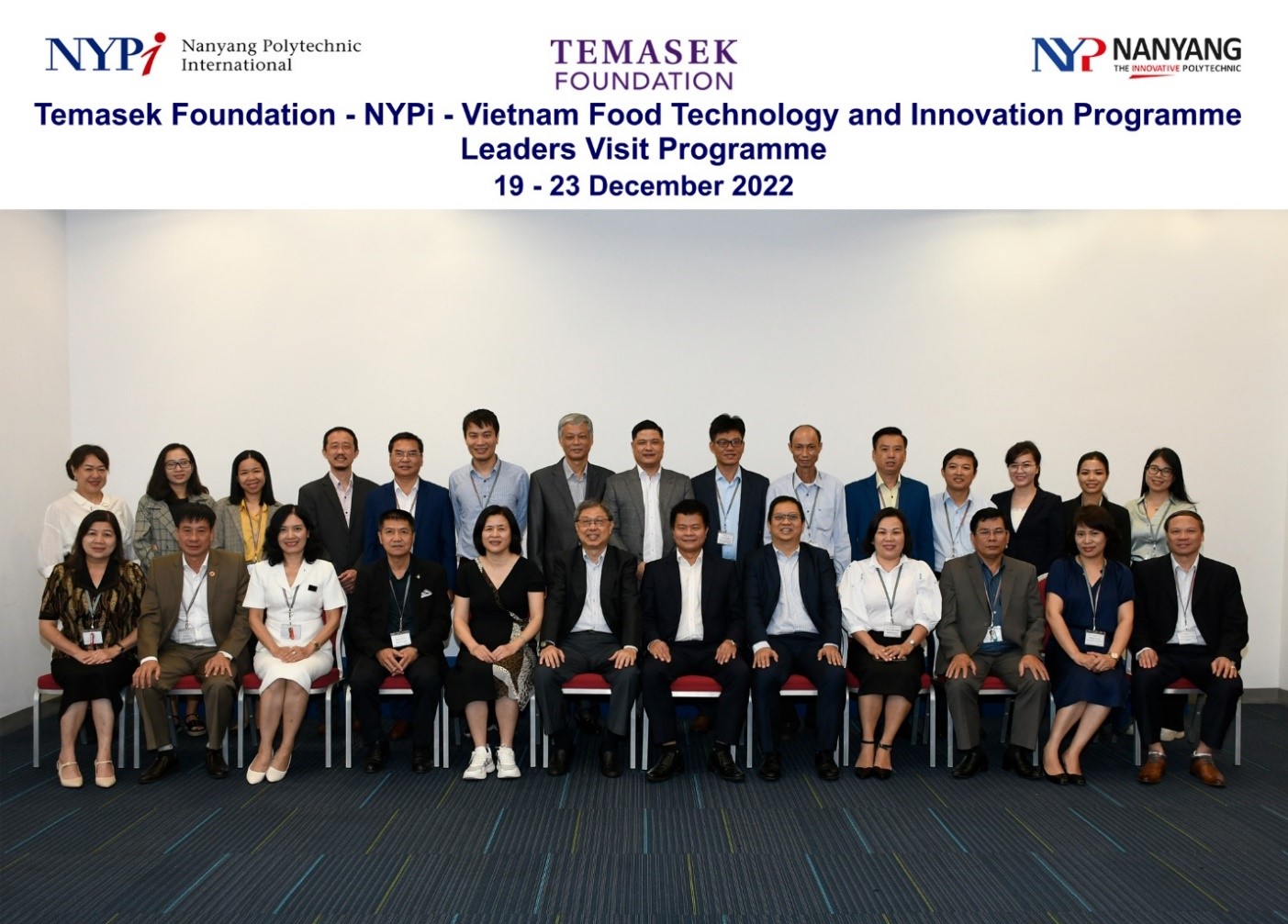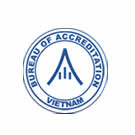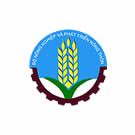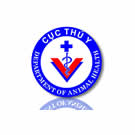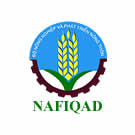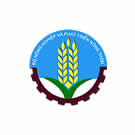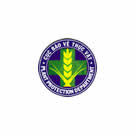- Folder International Cooperation
- Views 80
- Last Updated 11/11/2025
From 22 to 27 June 2025, the National Institute for Food Control (NIFC) – Ministry of Health participated in the 18th Session of the Codex Committee on Contaminants in Foods (CCCF18) held in Bangkok, Thailand. The session was attended by 331 delegates from 71 member countries, along with representatives from FAO, WHO, the European Union, the Codex Secretariat, and numerous international observer organizations

Figure 1. All delegates at the Session
The meeting was chaired by Dr. Sally Hoffer, Manager Safe and Sustainable Food, Ministry of Agriculture, Fishery, Food Security and Nature of the Netherlands, who presided over discussions on decisions related to contaminants in foods. The session noted progress in tightening certain maximum levels (MLs), expanding and updating codes of practice, and identifying emerging issues that require further research and data collection in future sessions.
The main topics included:
1. Several maximum levels (MLs) have been revised or adjusted:
+ For lead (Pb): The Committee adopted new maximum levels (MLs) for lead in spices and dried bark (2.5 mg/kg) as well as in dried herbs (2.0 mg/kg). Previously, the electronic working group (EWG) had proposed a level of 3.0 mg/kg, but after reviewing global data and considering feasibility, CCCF18 agreed on 2.5 mg/kg. For dried herbs, the existing ML of 2.5 mg/kg was also lowered to 2.0 mg/kg, accompanied by a footnote clarifying the conversion for fresh products. This reflects a trend toward stricter standards to protect consumer health, while maintaining practical feasibility for trade.
+ For cadmium (Cd): The Committee did not adopt new MLs but continued to develop a Code of Practice (CoP) to prevent and reduce cadmium contamination in various foods. The expanded scope now includes rice, seaweed, vegetables, pulses, fruits, and seafood. Initial efforts are focused on building a global database and developing technical guidance, which will serve as a basis for establishing future MLs.
+ For mycotoxins: The Committee focused on aflatoxins and ochratoxin A in spices such as nutmeg, dried chili, and paprika, finalizing sampling plans and numerical criteria for analysis, while retaining the current MLs. For total aflatoxins in ready-to-eat peanuts, the proposal to establish a new ML of 10 µg/kg was discontinued due to insufficient and non-representative global data. Instead, efforts will be directed toward implementing a Code of Practice (CoP) to strengthen control measures during production and processing.
2. Establishment of new working groups (EWGs) related to the development and updating of Codes of Practice (CoP) for various groups of toxins and other contaminants.
+ Updating and expanding the Code of Practice (CoP) for the control of pyrrolizidine alkaloids (PAs): This update is necessary because PAs have been detected not only in herbs and teas but also in honey, pollen, and cereals, with an increased risk of accumulation due to climate change. The revision aims to broaden the scope of application and include appropriate control measures for smallholder farmers.
+ Establishment of a new CoP for tropane alkaloids (TAs): These toxins originate from plants of the Datura species and may contaminate cereals or grain-based products. The new CoP will provide guidance on preventing and reducing TAs contamination along the food chain — an area where Codex previously had no specific guidance.
+ Consideration of a proposal to develop a CoP for ochratoxin A (OTA) in dried fruits (such as raisins, dried apricots, dates, and other dehydrated fruits). The CoP will focus on agricultural, storage, and processing measures to minimize the formation of OTA.
+ Discussion on highly toxic mycotoxins that should be included in Codex’s future data collection and standard-setting roadmap, including T-2 toxin, HT-2 toxin, DAS (4,15-diacetoxyscirpenol), and ergot alkaloids.
+ Review of the existing CoP for reducing acrylamide formation during food production, with updates to include newly proven mitigation measures that are effective and feasible across multiple countries, helping member states — particularly developing countries — to apply them more effectively in practice.
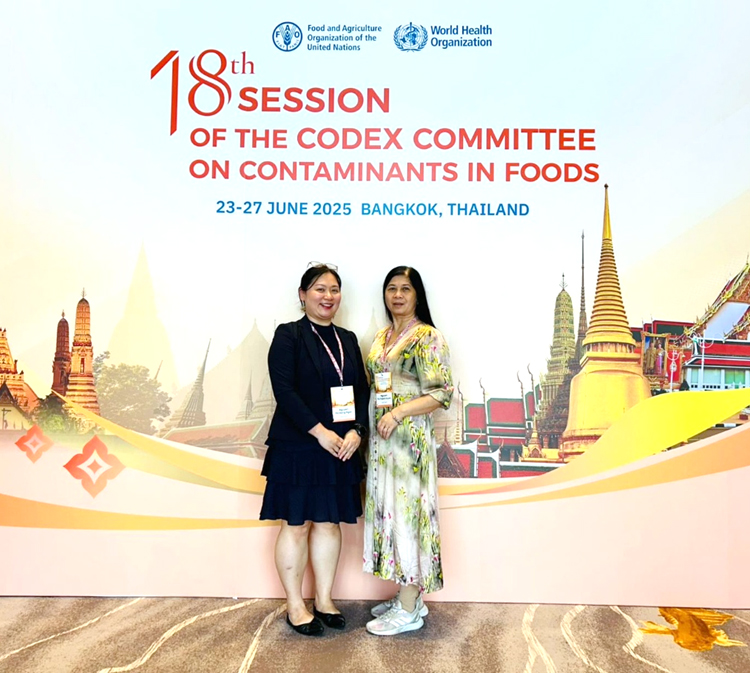
Figure 2. The Vietnamese delegation was led by Dr. Nguyen Thi Thanh Huyen,
National Institute for Food Control (NIFC) (on the right)
3. Discussion on the application of MLs for multi-composite foods
Composite foods, such as spice blends or mixed food products, present complexity because each component has its own ML, yet determining an overall limit for the combined product is challenging. Therefore, the Committee emphasized the need for further research and discussion to develop clear guidance on the application of MLs. Member countries were encouraged to continue submitting comprehensive and representative data on cereals and spices, as well as to utilize and integrate global datasets (GEMS/Food) in the establishment of MLs to strengthen the scientific evidence base for future sessions.
4. Other emerging issues
+ Food safety concerns related to the use of recycled plastics in food packaging were recognized as an emerging issue, with a recommendation to continue collecting information and conducting risk assessments.
+ The inclusion of a link to the IAEA document on natural radioactivity in food, feed, and drinking water on the Codex website was considered a technical reference source to support member countries in risk assessment and risk management.
The 18th Session of the CCCF reaffirmed the central role of risk assessment conducted by JECFA in the establishment of maximum levels (MLs) and the development of Codes of Practice. Analyses of exposure, dose–response relationships, and global data from GEMS/Food provide the scientific foundation that enables Codex to balance consumer health protection with trade feasibility. In addition, CCCF18 encouraged member countries to strengthen their national and regional food risk assessment capacities. Collecting data on food consumption and actual contamination levels, conducting context-specific risk assessments, and sharing data within the global system will help reinforce the common scientific basis. This also ensures that Codex decisions better reflect real-world situations, particularly in developing countries.
The National Institute for Food Control (NIFC) continues to work closely with Codex activities, actively participating in and contributing to various committees to share scientific data and promote harmonization of international standards. Notably, since 2024, the Institute has established the Vietnam Center for Food Safety Risk Assessment (VFSA), which serves as a national focal point for research and the provision of scientific evidence to support food risk management in Vietnam.
Nguyen Thi Hong Ngoc
Laboratory of Food Toxicology and Allergen
National Institute for Food Control
